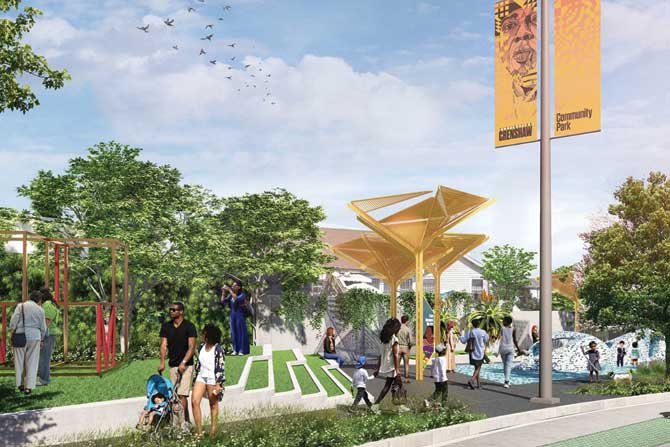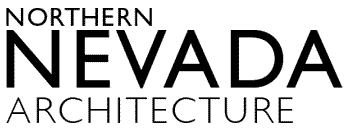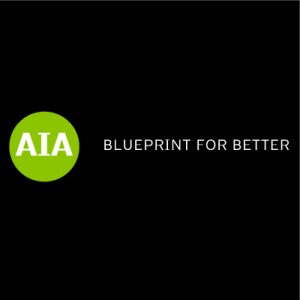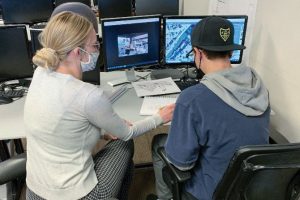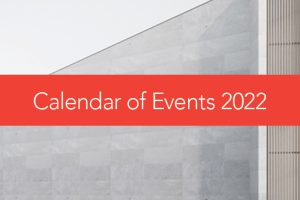Climate change affects us all, but doesn’t impact us all equally. This article is part of a new series, Building Equity, that explores how architects are working with communities and civic leaders to develop creative, innovative design solutions that fight climate change, systemic racism, and inequities in the built environment. It’s time to show the world what design can do.
For decades, Black Americans have disproportionately lived in unhealthy conditions, due in large measure to unjust policies, inequitable planning, disinvestment, and underinvestment in the built environment. Starting in the 1930s, banks and mortgage lenders marked certain neighborhoods — often Black and Latino — on maps as being uncreditworthy. Known as redlining, this process led to financial firms and real estate agents refusing loans, mortgages, and other investments to residents and prospective homebuyers in these areas. As a result, Black communities often remained financially stagnant, pushed into industrial zones with poor access to public transportation and inadequate grocery stores, schools, and public buildings.
Once backed by the federal government, redlining was initially struck down by the Supreme Court in 1948 in the case Shelley v. Kraemer, which ruled that courts could not enforce racially restrictive practices. But redlining would not be fully outlawed by the federal courts until the 1968 Fair Housing Act banned racial discrimination in housing, followed by the 1975 Home Mortgage Disclosure Act (HMDA), which required lending institutions to report public loan data, and the 1977 Community Reinvestment Act (RCA), which required the Federal Reserve to encourage financial institutions to make loans to neighborhoods of all income levels.
Yet despite these laws, the damage by redlining was done — and persists today.
According to a 2018 report by the National Center for Environmental Assessment at the Environmental Protection Agency (EPA), Black people in the United States are 1.54 times more likely to live near facilities that pollute, causing them to breathe dirtier air than whites and to develop health problems like heart and lung disease. According to a 2017 report by the Baltimore City Health Department, a nearly 20-year gap in life expectancy exists between Black and white neighborhoods in the Maryland capital, and cities like Philadelphia and Chicago have shown similar numbers.

This discrepancy in life expectancy is tied to poverty perpetuated by disinvestment in the built environment. According to a 2020 report by the Brookings Institution, the median net worth of a white family in the United States is $171,000. By comparison, the median net worth of a Black family is $17,150 — nearly 10 times less.
To address these chronic inequities, architects are designing buildings and communities that are resilient, sustainable, and reduce carbon dioxide in historically neglected Black neighborhoods, enhancing the lives and health of residents while helping to fight climate change. Below, three architects share how they are working with communities to improve the environmental and social sustainability of communities by protecting neighborhoods from gentrification, installing parks and public art exhibits in urban centers, and creating state-of-the-art libraries in financially challenged neighborhoods — inspiring future generations to improve racial equity in the United States.
Representing Communities
In Seattle, the Midtown neighborhood is one of the most historic Black communities in the United States. Home to the first Black-owned bank west of the Mississippi River, the neighborhood once housed 71% of the city’s Black population. A vital economic and cultural center, it was the only area of the city unaffected by redlining. Yet, in recent years, the growth of corporate offices in downtown Seattle have spurred investment in the area, raising the cost of living and displacing longtime residents. According to the US Census Bureau, the Black population of the Central District — of which Midtown is the heart — dropped from over 70% in the early 1970s to 18% in 2014.
So when a new mixed-use development was proposed at 23rd and Union, the historic center of the community, residents banded together to block it. Developers had already built two developments in the area with little resistance. But Midtown, with its deep history and significance for the community, was different. To design a development in collaboration with the community, the developers brought in architect Rico Quirindongo, AIA, a principal at DLR Group. “The developer had been buying up property in a traditionally African-American neighborhood without much resistance,” Quirindongo says. “Then they picked this site, and the community was not happy about it at all, blocking their ability to get permits. I was brought in to join the development team and bridge the gap.”
Reaching out to local residents through surveys, open houses, and meetings, Quirindongo made the community an active partner in the design. The community wanted the space — which would occupy a former strip mall — to create a healthier, greener environment that would reflect their culture and values. So Quirindongo worked with the developers to design an open-air, privately managed public square, inspired by markets in Africa, in the center of the mixed-use development.
Featuring art installations, trees, portraits of residents, and retail space for locally owned businesses, the Midtown Public Square is a mixed-income residential development of 428 units, 30% of which will be zoned affordable, that aims to honor the neighborhood while ensuring it has a foothold for the future. By working with civic leaders, politicians, and groups like the Africatown Community Land Trust, Quirindongo was able to help the development make best use of local policy. In addition to the land-use policy that requires developer engagement of communities through the design review process, the Seattle City Council incorporated a new policy, called community preference, which allows nonprofit developers to offer a portion of their affordable units to people with ties to the neighborhood being developed, especially those at high risk of displacement.
“Architects have created checklists for environmental sustainability, but we’re only now beginning to discuss social sustainability,” Quirindongo says. “Environmental and social sustainability and gentrification are all entwined. This is particularly true in communities of color, which have been forced to accept the brunt of negative health impacts from the built environment, like bad air quality, bad soil, and contamination. One solution is to facilitate a collaborative design process, in which you have developers, designers, and communities working on common solutions with common benefits.”
3 Ways Green Design Enhances Social Sustainability
- Healthy, stable, and affordable housing near public transportation hubs: Diverse housing for different income levels near major transportation hubs ensures easy and affordable access to travel for work or other essential services, like healthcare and food — while also reducing pollution from cars.
- Parks and mixed-use green spaces in neighborhoods: Parks and green spaces in neighborhoods improve air quality and mental health while also providing a sense of community and spurring visits to adjoining businesses, enhancing the health, safety, and economic prosperity of neighborhoods.
- Green and resilient features in buildings: Sustainable features in buildings improve the health of the environment and its occupants, but the benefits can extend beyond the walls. Features like a tree canopy to reduce the heat island or a rain garden to manage stormwater can provide ambient temperature for those in the area.

Continuing Culture
In Los Angeles, the Crenshaw neighborhood is the historic heart of the Black community. After federal fair-lending enforcement began in 1977 with the Community Reinvestment Act, the neighborhood opened to large numbers of Black citizens and Japanese-Americans, creating a multicultural hub in the city. Yet in recent years, as economic development along the Crenshaw/LAX light-rail line led to increasing growth that threatens to displace longtime residents in neighborhoods like Leimert Park, residents of Crenshaw became concerned about their future. So, they banded together to create a new vision for their neighborhood: the 1.3-mile Destination Crenshaw park with permanent and rotating art installations along Crenshaw Boulevard from 48 to 60th streets.

“Destination Crenshaw is an outdoor art and cultural experience that was built in response to the extension of the light rail here at-grade,” says Gabrielle Bullock, FAIA, a principal and the director of global diversity at Perkins & Will in Los Angeles. “The city built this section of track at-grade in the Black community, whereas it went below-grade in most every other major commercial area in LA. The community’s response was to make lemonade out of lemons by creating a local destination out of it.”
Bullock knows plenty about overcoming obstacles. Born in Harlem, New York, she was inspired to become an architect after seeing family and friends living in public housing projects with cinder-block walls and small, barred windows. Knowing the importance of pride of place, Bullock assembled a representative team of architects at her firm — some of whom lived in Crenshaw — to engage with the community and understand their vision. To ensure the project benefited locals, Bullock and her team studied developments like the High Line in New York, the BeltLine in Atlanta, and similar projects in Harlem to understand the potential for displacement caused by community improvement. “Locals told me that property prices have skyrocketed along both the High Line and the BeltLine, which are walkable and support restaurants and other businesses but have displaced residents,” Bullock says. “Harlem, however, has made improvements while also retaining the character and legacy of the community. That’s what we wanted for Crenshaw.”

To compensate for a train that runs above ground, which is likely to make the boulevard less pedestrian-friendly, Bullock and her team designed a series of outdoor parks and art installations featuring work by Black artists, creating a green and inspiring refuge amid the concrete. In addition, the project was designed to bolster the community living there, with spaces for local businesses.
“The biggest goal is to build the current economy,” Bullock says. “The oldest soul food restaurant in Los Angeles is on this boulevard. The oldest Black-owned gym is on it, too. We want to enhance access and opportunities for these businesses while providing outdoor places for play, building both environmental and cultural sustainability.”
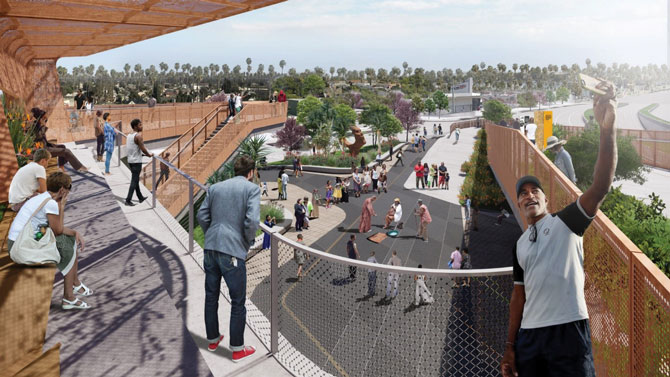
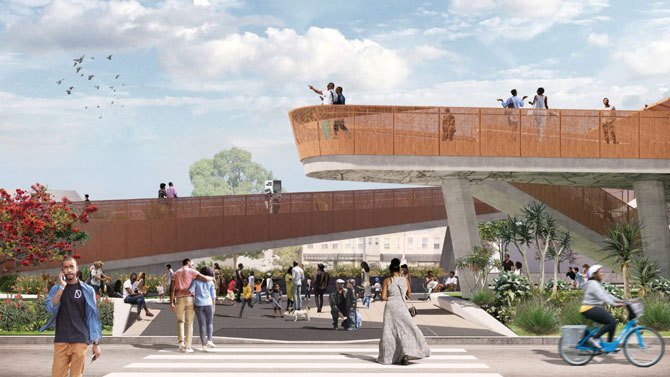
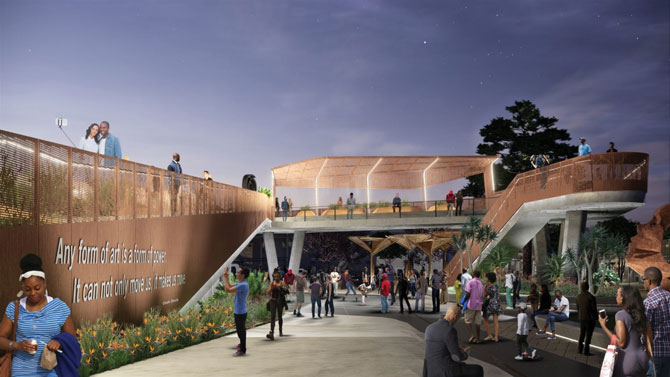
Looking to the Future
In Houston, the Third Ward is arguably the city’s oldest Black neighborhood. Centered by Emancipation Park — a 10-acre site bought by former enslaved people in 1872 to annually celebrate the end of slavery in Texas — the neighborhood has been a vibrant community since the 1930s. Yet while the neighborhood’s proximity to downtown has spurred investment in recent years, with median home values increasing 176% from 2000 to 2013, half of the respondents in a 2019 Rice University survey stated that they earn less than $10,000 a year — due, in part, by redlining and disinvestment in the community by the city for decades.
“People are just now talking about food deserts, which are often Black neighborhoods that don’t even have a grocery store,” says Antoine Bryant, Assoc. AIA, project manager and business development at the Houston office of Moody Nolan. “But this is a term that we’ve been talking about for 30 years. Environmental racism — how you only have chemical plants and smelting and those kinds of things in communities of color — has been happening for decades. Additionally, Robert Moses and many other urban planners throughout the ’30s and ’40s built highways through communities of color, subdividing them and leading to many sustainability concerns that we’re only now starting to address.”
To inspire and instill confidence in the next generation of Third Ward residents, Jonathan Moody, CEO of Moody Nolan, designed a cutting-edge library at Texas Southern University, one of the largest historically black public universities in the United States, and Bryant worked with him to reach out to the community. Bryant was born in public housing in Brooklyn, and the unhealthy environment inspired him to become an architect. When he was 10 years old, a family friend who was a Black architect exposed him to architecture as a career opportunity — spurring a lifelong commitment to mentoring others. “Growing up, I remember not having a college or library nearby,” Bryant says. “I was so excited to help the young kids in this neighborhood — where I also live — and facilitate the creation of a new library they can see and access on a daily basis.”
Working with the design team at Moody Nolan – the country’s largest Black-owned architecture firm – Wardell Ross, AIA, senior associate and director of Houston operations, and Bryant engaged with the university staff, faculty, and students, as well as the local community, holding workshops and learning what residents wanted for their future. The university’s existing library was built in the 1950s and was essentially a windowless bunker with books. For the new library, both the students and broader neighborhood wanted a space where they could read, access digital tools, and feel a sense of community.
Incorporating that feedback, Moody Nolan designed a new 137,000-square-foot Library Learning Center with public computers, a gallery of African art, community meeting spaces of various sizes, and leading sustainable and resilient features accessible to the entire Third Ward. Including green features like electrochromic glazing on the windows to reduce energy use, high-albedo white and cool-roofing membranes to reflect heat, and proximity to mass transit, the library is an accessible beacon for both sustainable practices and education, meant to inspire the local community to be healthy and successful. “Students and residents can enjoy a community space with natural light,” Ross says. “It’s sustainable, a healthier space, and, more important, it brings a state-of-the-art facility to a community that historically didn’t have access to that. It makes them feel like they’re in the game, which is a big thing.”
Bryant agrees.
“As architects, we need to be active in the communities where we work,” he says. “We go to local schools and explain what architects do, and 90% of the students don’t know what one is, let alone seen one who is Black. So projects like this library give us an opportunity to help.
The Blueprint for Better campaign is a call to action. AIA is asking architects, design professionals, civic leaders, and the public in every community to join our efforts. Help us transform the day-to-day practice of architecture to achieve a zero-carbon, resilient, healthy, just, and equitable built environment.



